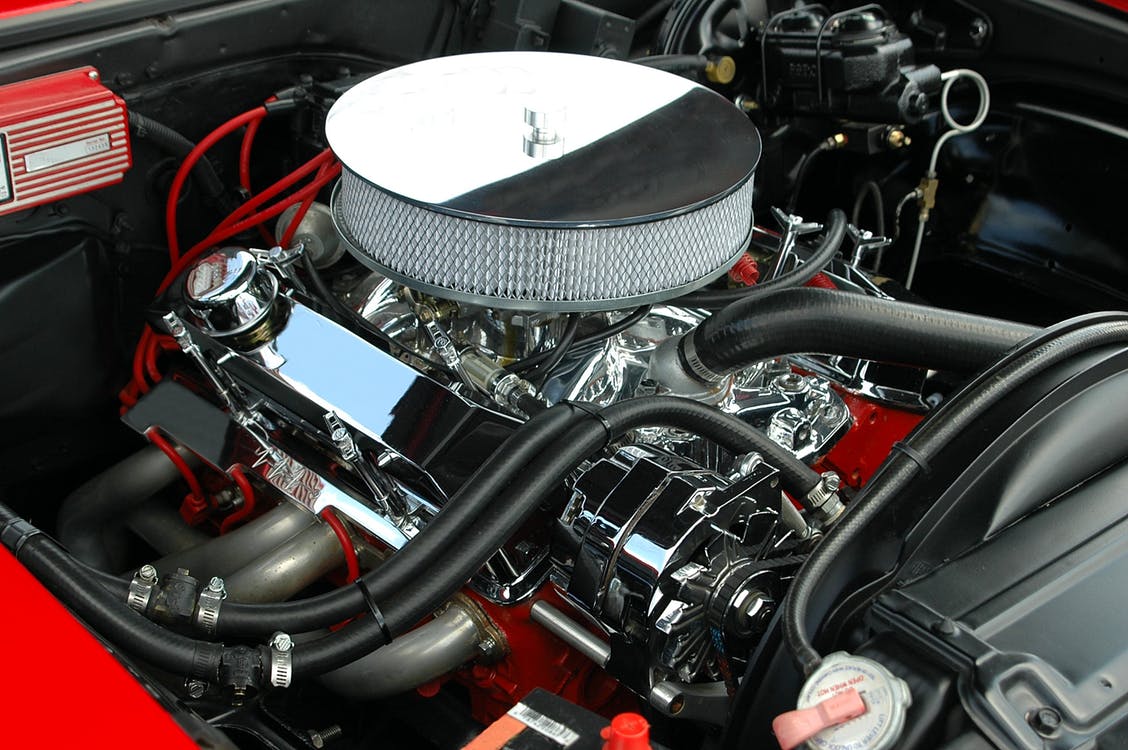Being handcuffed and placed into the backseat of a police car for drunk driving can kill the romance of a Valentine’s Day date in a second.
Picking out the most attractive outfit, spraying the most fragrant perfume, and finding the perfect dozen red roses are, of course, important parts of preparing for the perfect Valentine’s Day date. But the plan that matters most is how to get home safely after drinking a bottle of bubbly or a few Valentine-themed cocktails.
In 2014, a BACtrack report found that, “14 of the 15 biggest drinking days of the year, all of which have an average BAC of 0.08% or higher, fall between December and March.” Of these holidays, Valentine’s Day is the 3rd drunkest holiday! What is even more astonishing is that, “the day after Valentine’s Day had a high of 0.092% BAC.” So, while some people are venturing out to Meijer for 50% off Valentine’s Day candies like heart-shaped Reese’s cups and chocolate covered strawberries, others may be hitting the road after a few glasses of red wine left over from the night before.
According to the National Highway Traffic Safety Administration (NHTSA), in 2017 there were 10,847 deaths caused by drunk driving, and, “in every State, it’s illegal to drive with a BAC of .08 or higher, yet one person was killed in a drunk-driving crash every 48 minutes in the United States in 2017.” With Valentine’s Day falling on a Thursday this year, many individuals may want to drive home after their night of celebrating so they can wake up early and drive to work the next morning. These potential drunk drivers should know that not only are they putting themselves and others at risk of drunk driving car crashes, but they may also be endangering their driving record. The Michigan State Police (MSP) found that “annually, tens of thousands of drivers are arrested in Michigan for alcohol-related offenses.”
The MSP has a few suggestions on how to avoid drunk driving car crashes. People enjoying Valentine's Day festivities can adapt these tips to their plans to stay safe this tomorrow. After all, the police station drunk tank isn’t the ideal venue for a intimate date and you don’t want to blow your date budget on bail money!
How To Avoid A Valentine’s Day Drunk Driving
Designate a sober driver before drinking alcohol. An Uber driver, particularly an Uber Black driver, is technically a chauffeur right? And chauffeurs instantly make a date feel classier and allow couples to converse in the back seat instead of having to focus on the road.
Call a friend, cab, ride service, walk, or take the bus. Aren’t midnight strolls in the moonlight the height of romanticism? So, picking a restaurant near the house will give couples the chance to pick out constellations on the walk home after dining and drinking.
Stay overnight. Similar to bringing over a sleeping bag to a friend’s house to crash after a rager, one way to safely drink without limitations on Valentine’s Day, is by staying the night at a hotel. Some upscale hotels even have 5-star restaurants located inside, so the only drunk traveling to worry about is walking to the nearest elevator. Take the Shinola Hotel in Downtown Detroit for example. Inside the hotel is the San Morello restaurant, but if you don’t want Italian, there are dozens of other dining options in walking distance!
Of course, the easiest way to avoid drunk driving on Valentine’s Day, is to just not drink! Isn’t the sugar high from the candy hearts, smarties necklaces, and the decadent dessert from dinner enough to keep people hyper?! Drunk driving car crashes can occur just as quickly as it takes Cupid to shoot an arrow. So, stop and smell the roses (bouquet) on Valentine’s Day by having a drink or two, but don’t let drunk driving become a thorn in your side!
Choosing a piece of chocolate from a newly opened, heart-shaped box of Russell Stover’s chocolate may be a difficult task, but choosing a law firm to represent a drunk driving accident victim can be very easy. The Michigan Law Firm, PC helps those who have been injured in car crashes identify and receive any benefits they may be entitled to under Michigan law. Contact us a 844.4MI.Firm for a free legal consultation.


































